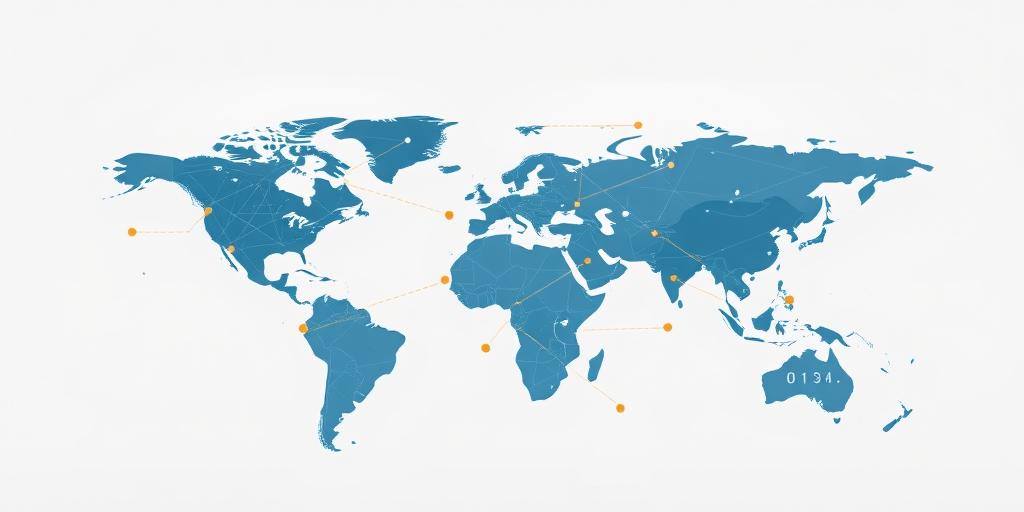Navigating Geopolitical Future Trends: An Analytical Overview
In an increasingly interconnected and volatile world, understanding geopolitical future trends is crucial for businesses, policymakers, and individuals alike. This article provides an analytical overview of the key forces shaping the global landscape, offering insights into potential challenges and opportunities.
The Shifting Balance of Power
One of the most significant geopolitical trends is the shifting balance of power. The rise of China, India, and other emerging economies is challenging the traditional dominance of the United States and Europe. This multipolar world presents both opportunities and risks. On the one hand, it can lead to increased competition and innovation. On the other hand, it can also create new sources of conflict and instability.
- China's Ascent: China's economic and military growth is reshaping the global order. Its Belt and Road Initiative (BRI) is expanding its influence across Asia, Africa, and Latin America.
- US-China Rivalry: The strategic competition between the US and China is intensifying, spanning trade, technology, and security.
- Regional Powers: The rise of regional powers like India, Brazil, and Turkey adds complexity to the geopolitical landscape.
Technological Disruption
Technological advancements are transforming economies, societies, and militaries. Artificial intelligence, biotechnology, and other emerging technologies have the potential to create immense wealth and improve lives. However, they also pose new risks.
- AI and Automation: AI and automation are disrupting labor markets and creating new security challenges, such as autonomous weapons systems.
- Cybersecurity Threats: Cyberattacks are becoming more frequent and sophisticated, targeting critical infrastructure and sensitive data.
- Digital Divide: The digital divide between developed and developing countries risks exacerbating existing inequalities.
Climate Change and Resource Scarcity
Climate change is an existential threat that is already having profound impacts on the planet. Rising sea levels, extreme weather events, and resource scarcity are creating new sources of instability and conflict.
- Environmental Degradation: Deforestation, pollution, and biodiversity loss are undermining ecosystems and threatening human health.
- Migration and Displacement: Climate change is driving mass migration and displacement, creating humanitarian crises and straining resources.
- Geopolitical Hotspots: Regions vulnerable to climate change, such as the Arctic and the Sahel, are becoming geopolitical hotspots.
Demographic Shifts
Demographic trends, such as population growth, aging, and urbanization, are shaping societies and economies around the world. These shifts can create both opportunities and challenges.
- Aging Populations: Many developed countries are facing aging populations, which can lead to labor shortages and increased healthcare costs.
- Urbanization: Rapid urbanization is putting pressure on infrastructure and resources in many developing countries.
- Youth Bulges: Some countries have large youth populations, which can create opportunities for economic growth but also risks of social unrest.
Conclusion
Navigating geopolitical future trends requires a deep understanding of the forces shaping the global landscape. By analyzing the shifting balance of power, technological disruption, climate change, and demographic shifts, businesses, policymakers, and individuals can make informed decisions and prepare for the challenges and opportunities ahead. Staying informed, fostering resilience, and promoting cooperation are essential for navigating the complexities of the 21st century.
Long-Tail Keywords:
- Geopolitical risk assessment
- Future of international relations
- Global power dynamics
- Emerging geopolitical challenges
- Geopolitical trends analysis









